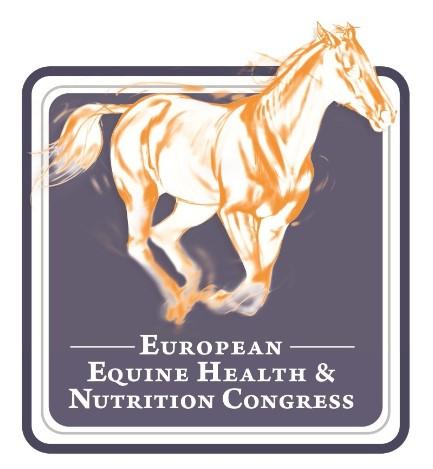Get access to all handy features included in the IVIS website
- Get unlimited access to books, proceedings and journals.
- Get access to a global catalogue of meetings, on-site and online courses, webinars and educational videos.
- Bookmark your favorite articles in My Library for future reading.
- Save future meetings and courses in My Calendar and My e-Learning.
- Ask authors questions and read what others have to say.
Electrolytes, Cations and Anions in the Performance Horse
Get access to all handy features included in the IVIS website
- Get unlimited access to books, proceedings and journals.
- Get access to a global catalogue of meetings, on-site and online courses, webinars and educational videos.
- Bookmark your favorite articles in My Library for future reading.
- Save future meetings and courses in My Calendar and My e-Learning.
- Ask authors questions and read what others have to say.
Read
Introduction
Few activities rival the thrill of equine competitions, whether it be a down to the wire stretch drive between Thoroughbreds, a Quarter Horse out manoeuvring a cow in a cutting competition, an Arabian endurance horse completing a 100 mile ride with seemingly little effort, or a European Warmblood completing a gruelling cross country course. The horse's capacity for work is truly amazing. The fundamental mechanisms of these highly developed and complex systems required to perform such feats are just beginning to be understood. Training and genetics are major contributors to performance, but nutrition has received wide recognition as a determining factor in the success or failure of equine athletes. Of the nutrients, electrolytes, both cations and anions, are somewhat unique in their ability to affect performance. Not only do electrolytes have effects individually, because of their propensity to be ionized, they have the ability to interact with one another to create additional effects. Strictly defined, an electrolyte is a chemical compound that ionizes when dissolved or molten to produce an electrically conductive medium. Physiologically, electrolytes are required to regulate the electric charge across cell membranes and participate in a number of reactions necessary for life. Sodium, potassium, and chloride are the minerals most often thought of when the term electrolyte is used, although calcium, phosphorus, magnesium, and sulphur may also exist in ionized states in the body. Other compounds such as lactate, bicarbonate, and even proteins may act as electrolytes as well. A complete treatment of all of these compounds is beyond the scope of this paper and therefore the focus will be limited primarily to sodium, potassium, and chloride. [...]
Get access to all handy features included in the IVIS website
- Get unlimited access to books, proceedings and journals.
- Get access to a global catalogue of meetings, on-site and online courses, webinars and educational videos.
- Bookmark your favorite articles in My Library for future reading.
- Save future meetings and courses in My Calendar and My e-Learning.
- Ask authors questions and read what others have to say.




Comments (0)
Ask the author
0 comments